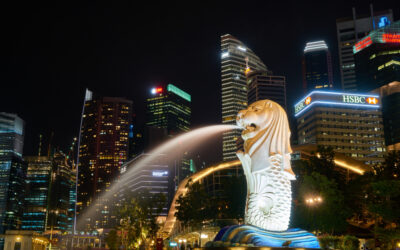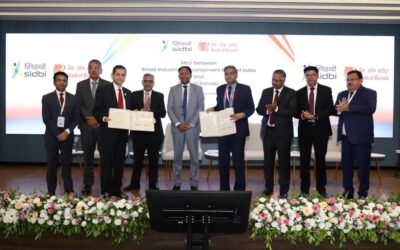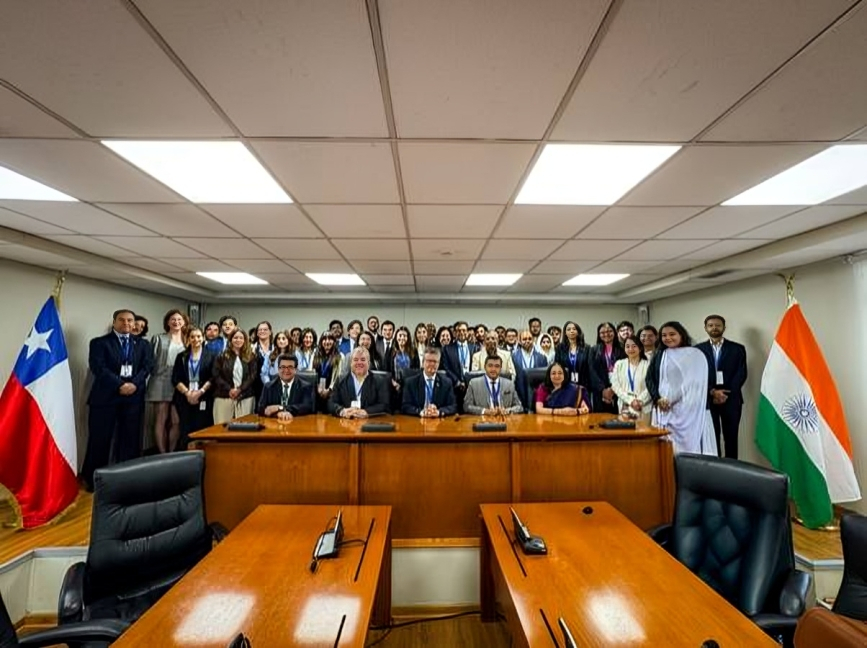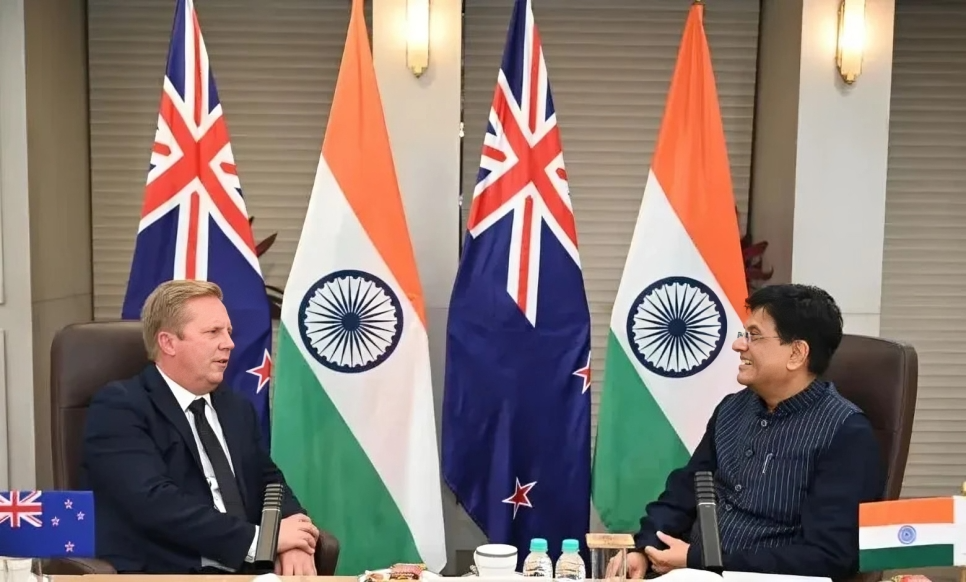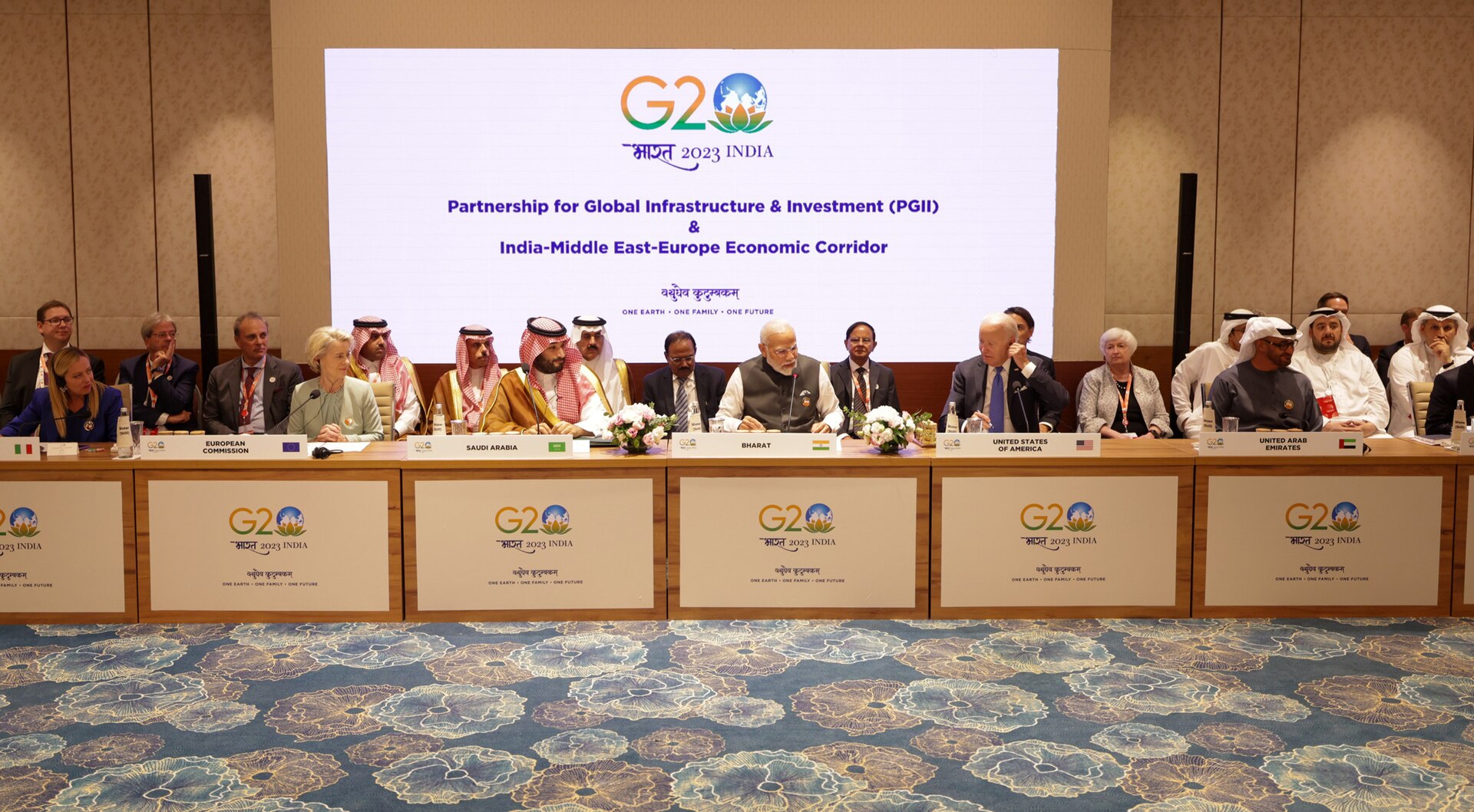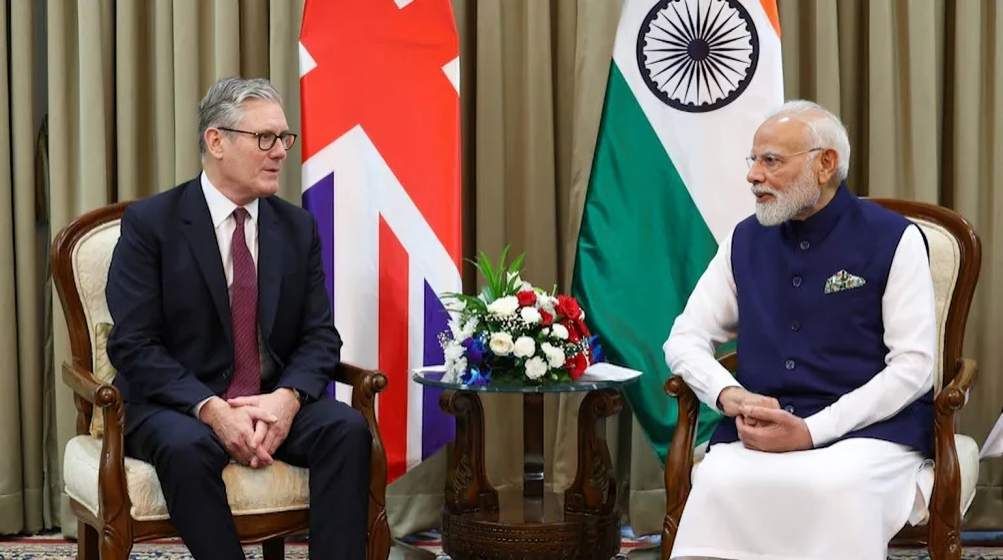India–EAEU Trade Negotiations: A Strategic Reset in Bilateral Commerce and a Gateway to New Eurasian Opportunities
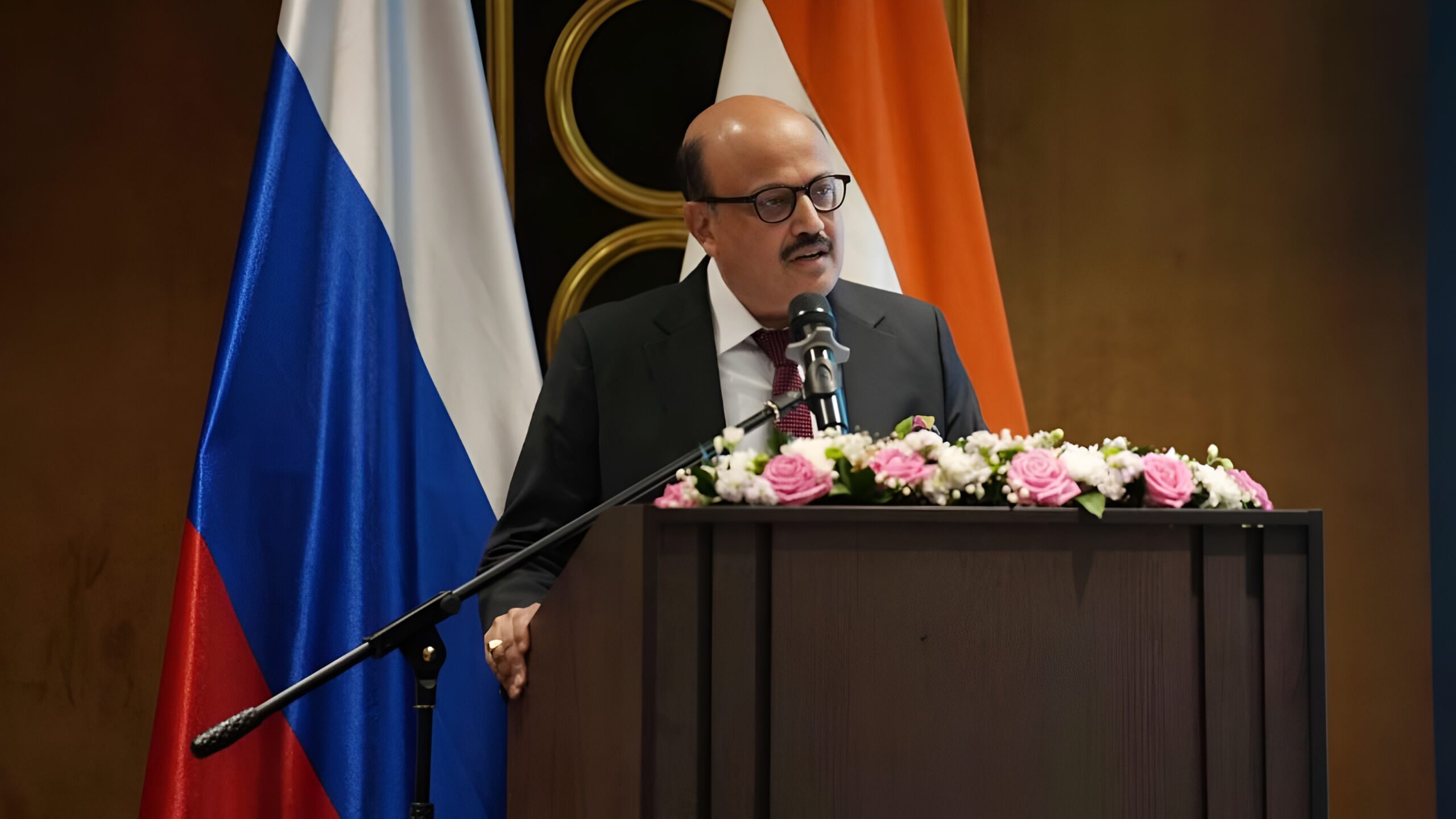
India’s renewed engagement with the Eurasian Economic Union (EAEU) marks a pivotal moment in its long-term trade strategy. With Commerce Secretary Shri Rajesh Agrawal reviewing the progress of the India–EAEU Free Trade Agreement negotiations in Moscow this week, the conversation has shifted from broad diplomatic signalling to structured, time-bound execution. The discussions with senior Russian and Eurasian officials strengthened the framework for diversifying Indian exports, enhancing supply-chain resilience and expanding industrial and technological collaborations. For both sides, this phase of negotiations is not only an administrative milestone but a strategic commitment to reach USD 100 billion in bilateral trade by 2030.
Revisiting the Past
India’s economic relationship with Russia and the broader EAEU bloc has been anchored historically in strategic trust, defence cooperation and energy security. For decades, bilateral trade was dominated by hydrocarbons, defence platforms, fertilisers and select raw materials. Despite the depth of political alignment, the economic partnership suffered from narrow sectoral engagement. India’s exports struggled to break through regulatory inconsistencies, tariff disadvantages and complex certification regimes across EAEU markets. This meant that value-added sectors such as pharmaceuticals, engineering goods, telecom equipment, food processing and leather rarely realised their full potential.
The geopolitical shifts after 2022 altered these dynamics considerably. Russia’s accelerated pivot toward Asian markets coincided with India’s push to expand export destinations, reduce overdependence on traditional Western markets and build alternative supply chains. These converging interests revived India–EAEU FTA discussions with renewed seriousness and urgency.
Present Dynamics
The Commerce Secretary’s meetings in Moscow, including dialogues with Mr. Andrey Slepnev of the Eurasian Economic Commission and Deputy Minister Mr. Mikhail Yurin of the Russian Federation, underscored a shared commitment to operationalising the FTA. The Terms of Reference signed in August 2025 have set an 18-month work plan that outlines progressive checkpoints, regulatory consultations and sectoral review mechanisms. This structured approach reflects the leadership’s intent to bring predictability and momentum to a negotiation process that had long remained exploratory.
A central theme of the current discussions is the need to broaden the composition of trade. Both sides acknowledged that the present trade basket is far too dependent on a limited set of products, and that a genuinely modern partnership must embrace India’s strengths in pharmaceuticals, machinery, telecom equipment, automobile components, leather goods and diversified chemical products. There is an equal emphasis on expanding India’s agricultural and marine exports, which have historically faced intermittent challenges relating to certifications and regulatory clearances. To address this, both sides agreed to institutionalise quarterly regulator-to-regulator interactions, which will help maintain transparency, resolve compliance issues quickly and reduce non-tariff barriers that often disrupt market access.
Another vital pillar of the negotiations is the shared aspiration to build resilient supply chains. Discussions this week addressed logistics bottlenecks, payment mechanisms, standards harmonisation and challenges posed by monopolistic practices. These are practical issues that determine day-to-day trade predictability, and their inclusion in the current dialogue signals that both sides are willing to evolve from diplomatic niceties to operational problem-solving.
The exploratory dialogue also covered cooperation in critical minerals, which carries wider strategic significance for India’s green energy transition and manufacturing ambitions in electric mobility and advanced electronics. Although the negotiations for now focus on the goods agreement, both delegations acknowledged the importance of exploring services and investment pathways in the next phase. This opens the possibility of future collaborations in areas such as digital technologies, R&D ecosystems and joint industrial development.
At the industry plenary in Moscow, where leading business executives from both countries participated, the Commerce Secretary encouraged stakeholders to align their commercial strategies with the bilateral trade target for 2030. He also highlighted India’s progress in logistics infrastructure, the strength of its digital public platforms and the wide scope for co-investment across manufacturing and services. The message underscored a broader mandate: diplomatic progress must translate into commercial outcomes that create jobs, foster innovation and ensure long-term prosperity.
What an India–EAEU FTA Could Unlock
The potential of the India–EAEU FTA extends far beyond tariff concessions. With a combined market of more than 180 million people across Russia, Armenia, Belarus, Kazakhstan and Kyrgyzstan, the EAEU offers India a significant frontier for export expansion. Indian MSMEs stand to benefit substantially, as the bloc presents demand for pharmaceuticals, textiles, processed foods, engineering products and mid-tech consumer goods in markets that are less saturated than established Western destinations. The ability to harmonise regulations under the FTA could finally help smaller Indian exporters overcome long-standing bottlenecks related to certifications and product approvals.
A well-negotiated agreement could also help correct India’s trade imbalance with the region, which has historically tilted toward imports of energy, fertilisers and minerals. By opening doors for higher-value Indian goods, the FTA could usher in a more balanced and durable partnership. Such an evolution would complement India’s broader ambition to integrate into Eurasian value chains, especially as the region is looking for reliable manufacturing partners in Asia.
The prospects for joint industrial ecosystems are particularly promising. India and the EAEU could create co-production arrangements in engineering goods, automotive components, green energy products, defence manufacturing and critical minerals processing. These collaborations would not only deepen industrial linkages but also position Indian firms strategically in supply chains that are currently undergoing global realignment.
Further, the future of India–EAEU economic cooperation will hinge significantly on logistics innovation. Whether through maritime routes, the International North–South Transport Corridor or emerging Arctic shipping pathways, improved connectivity can fundamentally alter the economics of trade. Complementing this, efforts to design secure and efficient payment architectures, including local-currency settlements and digital transaction systems, could substantially reduce financial friction for exporters on both sides.
Agricultural and marine exporters may find the coming years especially transformative. Historically, their growth has been constrained by unpredictable certification processes and occasional market-access suspensions. The commitment to regular regulatory engagements and harmonised standards promises a more stable environment. This could help India’s farming communities and small processors gain long-term market footing in Eurasian economies.
A Defining Window for India’s Long-Term Trade Ambitions
What India is attempting through the India–EAEU FTA is more than another trade agreement. It represents a strategic recalibration aimed at expanding markets, securing supply chains and building new industrial capacities at a time when global trade systems are in flux. The momentum generated in Moscow this week confirms that both sides recognise the importance of acting decisively. The next 18 months will be crucial in determining how effectively intent can be transformed into a comprehensive framework that strengthens Indian industry, expands export opportunities and embeds India deeper into the Eurasian economic architecture.
As India charts its journey toward becoming a developed nation by 2047, partnerships like the one with the EAEU will be essential in creating diverse, resilient and future-ready economic linkages. The ongoing negotiations offer a rare opportunity to move beyond historical patterns and shape a new era of collaboration that aligns with India’s long-term economic goals.



